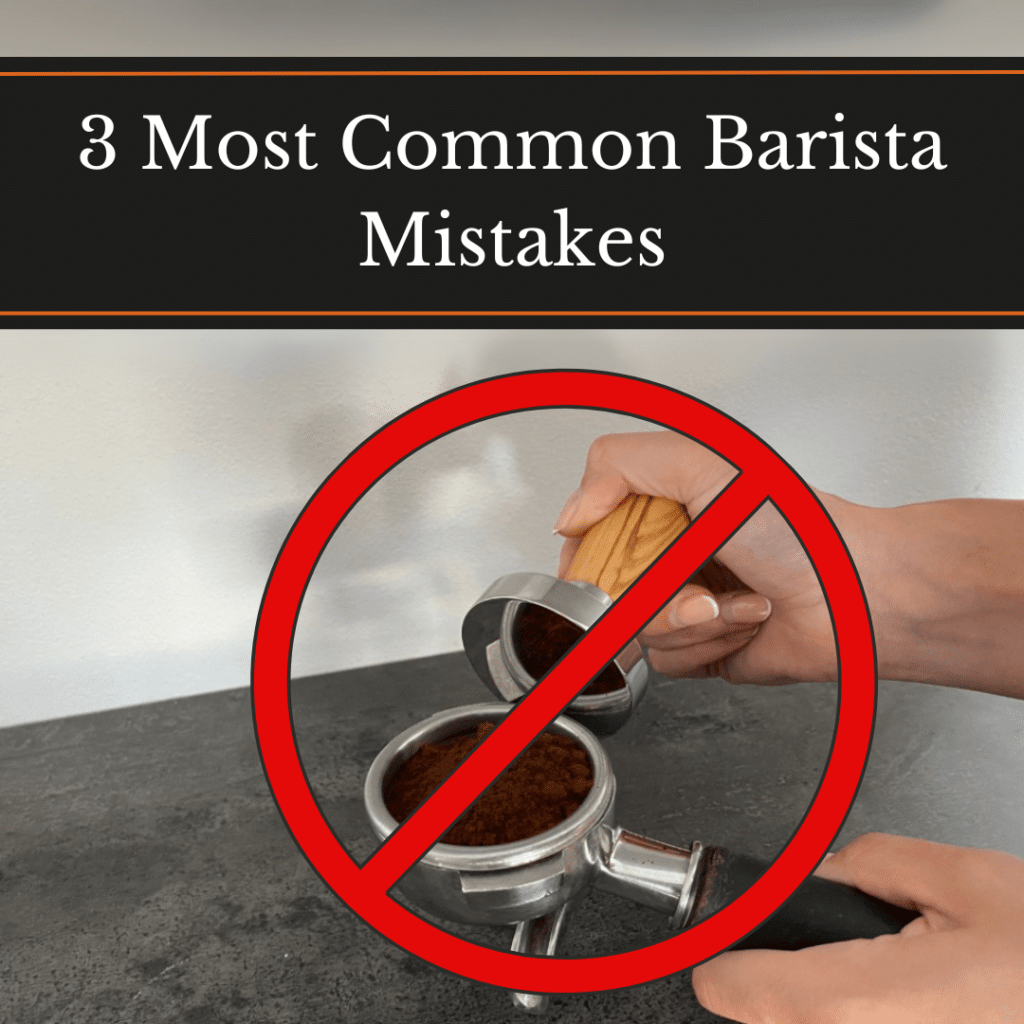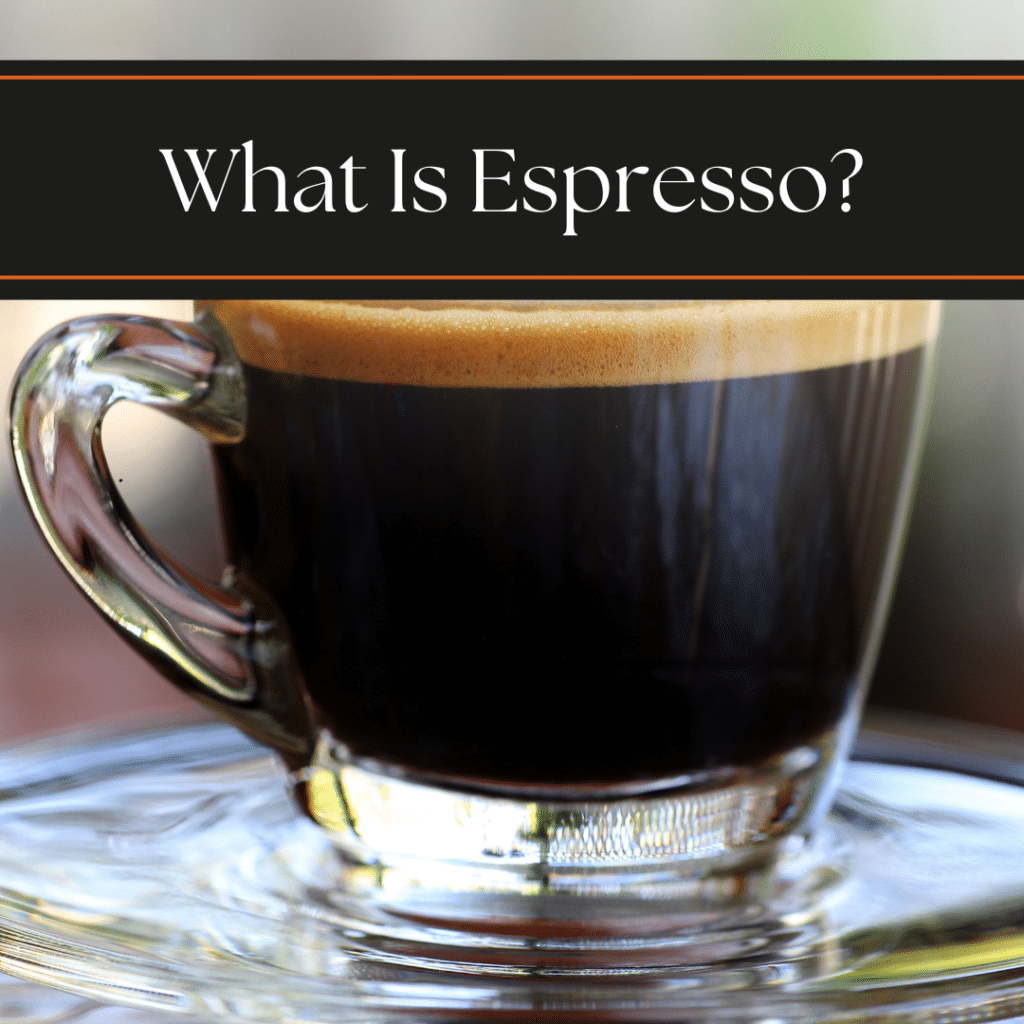1. Automatic drip coffee maker
The standard coffee maker that we all know and love! Ideal if you don’t have loads of time to brew coffee: many modern machines now have timers built in, so you can set it up to brew the coffee for the same time as your morning alarm- perfect! Minimal effort required and the bonus is waking up to that amazing smell!
This method involves placing grounds in the filter basket lined with a paper filter, and then the water warming to near boiling temperature and dripping over the grounds (hence the name). A standard cycle takes between 2-5 minutes, so is one of the quickest methods you can choose. A finer ground coffee is required for the machine- meaning a larger surface area for caffeine, antioxidants and oils to seep from. The drip maker also packs the most caffeine of all the methods- the longer the brew cycle, the more caffeine is released. The kind of roast chosen will also impact the amount of caffeine that ends up in the cup.
Choose if: you don’t have much time in the mornings and you need a sharp kick of caffeine to start your day.
2. Percolator
To “percolate” means to filter through. This fairly simple method works by sending boiling water upwards, through a tube to the top of a perforated basket, where it rains down over the coffee grounds, and back down into the boiling water to start the process repeatedly. You can buy either stovetop or electric percolators: with the former, they must be watched carefully when brewing so they can be removed from the heat source as soon as brewing is complete. If left on for too long then there is a chance they may over-boil, which results in a very bitter, ‘burnt’ coffee. These machines look a lot like tall kettles, whilst hiding the steam-powered vacuum within. With the electric version, there is an automatic timer that switches off the percolation once brewed, with many offering a ‘warming mode’ to keep the coffee hotter for longer.
Choose if: You’re on a budget- you can buy one of these for as low as £5 in stores.
3. Aeropress
A rather unique piece of equipment, the Aeropress is an innovative and stylish device to have in your kitchen. Both lightweight and portable, it’s also pretty simple to use and so ideal for beginners. Basically, water and grounds are mixed together for 10-15 seconds, then gentle air pressure pushes the mix through a micro-filter in 20 seconds. The total brewing time therefore is only 30 seconds, which results in an exceptionally smooth, concentrated flavour with minimal acidity. This method is great for experimenting with different roasts and blends too, for varying results every time.
Choose if: you like making coffee on the go, and an easy full-bodied drink.
4. French press (or cafetiere)
One of the most simple and well-known brewing methods around- using a French press involves steeping coffee grounds in hot water and then pressing the grounds out. Easy! As the beans only come in contact with the French Press and hot water, rather than passing through a filter, it means a stronger cup of coffee is produced in terms of caffeine content and flavour. It’s recommended that a coarse grind is used for the French press, as too fine a grind means particles might get stuck in the filter and end up in the coffee, leaving you with a grainy bitter mess in your cup. As this can be the case, we do recommend leaving the last few sips of the coffee as it may be a little sediment-y.
Choose if: again, if you like a simple and quick method! Plus, it won’t break the bank.
4. Chemex
Another aesthetically pleasing device to have on your kitchen worktop- the beautiful Chemex is a pour over method which allows you to have complete control of the taste, strength and water temperature AND brews up to 8 cups at a time- which is perfect if you have guests over and need everyone watered fast! The Chemex also yields a stronger and more intense flavour because it wets the coffee grounds evenly, which better extracts the unique notes and flavors from the coffee beans. The filters used in the Chemex are thicker than average, in order to keep the majority of the oil and sediment out of the final cup- this is said to make the overall flavour a lot richer than when using other methods.
Choose if: you’re making a lot of coffee at the same time, and have some degree of patience and attention when brewing!
5. Espresso machine
Believed by many to be the purest and best coffee brewing method around, the traditional espresso machine is a must for the serious coffee geeks out there. The simple process involves: pressurized water pushed through a chamber of finely ground coffee beans, through a filter, resulting in what we call a shot of espresso. They are great for creating other coffee drinks like a latte or cappuccino, and due to the extra fine ground coffee that is used, creates a stronger coffee flavour with a higher percentage of caffeine. However- buying one of these does involve a lot of money- for both the initial machine, and then for any add-ons and maintenance afterwards. Plus, you have to ensure you have enough space on your kitchen counter as these things aren’t discreet!
Choose if: you really love your espresso, and aren’t fussed about the price tag.
6. Cold brewing
Quite similar to the French press method, cold brewing involves using cold water (no?!) instead of hot water, and the coarse coffee grounds are steeped for a minimum of 12 hours. The result is a strong and intense tasting coffee with a really smooth finish- no acidity or bitterness like how some hot coffees can have. Cold brew coffee also gives you the caffeine high but without the inevitable crash, which is great for people who may be particularly sensitive to caffeine. You can read more about the cold brew trend on one of our recent blog posts here.
Choose if: you have TIME! This is definitely not an option if you’re needing a quick caffeine fix… and if you enjoy super smooth coffee without any hint of bitterness.
General Coffee Brewing Advice
And for some general rules to remember when brewing your coffee… don’t forget to source some good-quality coffee beans in order to create the best possible brew! Spending that little bit more definitely pays off. It’s also important to store your beans and grounds properly when not using- we recommend either leaving in the bag, and simply tying an elastic around the opening to avoid any air getting in, or placing in an opaque, airtight container locating in a cool and dark place. Make sure that you use filtered water to brew your coffee- especially important in a coffee machine so as to avoid limescale build-up! Finally, don’t forget that all coffee brewing devices require some TLC every so often, so a good clean from time to time is a must.
We hope you enjoyed reading our tips on the different methods of coffee brewing out there. Which one are you tempted to try next? Remember we are always on hand either via phone, email or at our Shrewsbury-based roastery if you have any coffee-related questions you’d like answered 🙂 see you soon!






